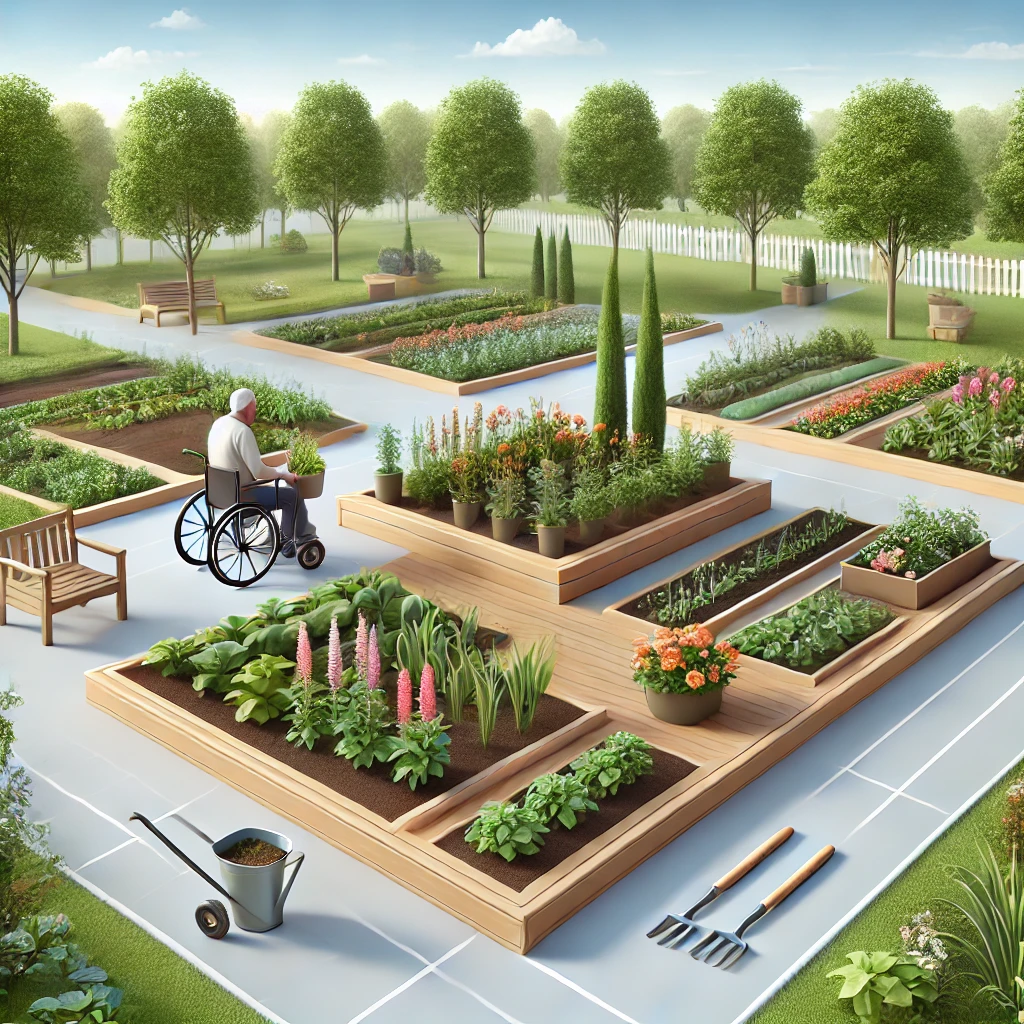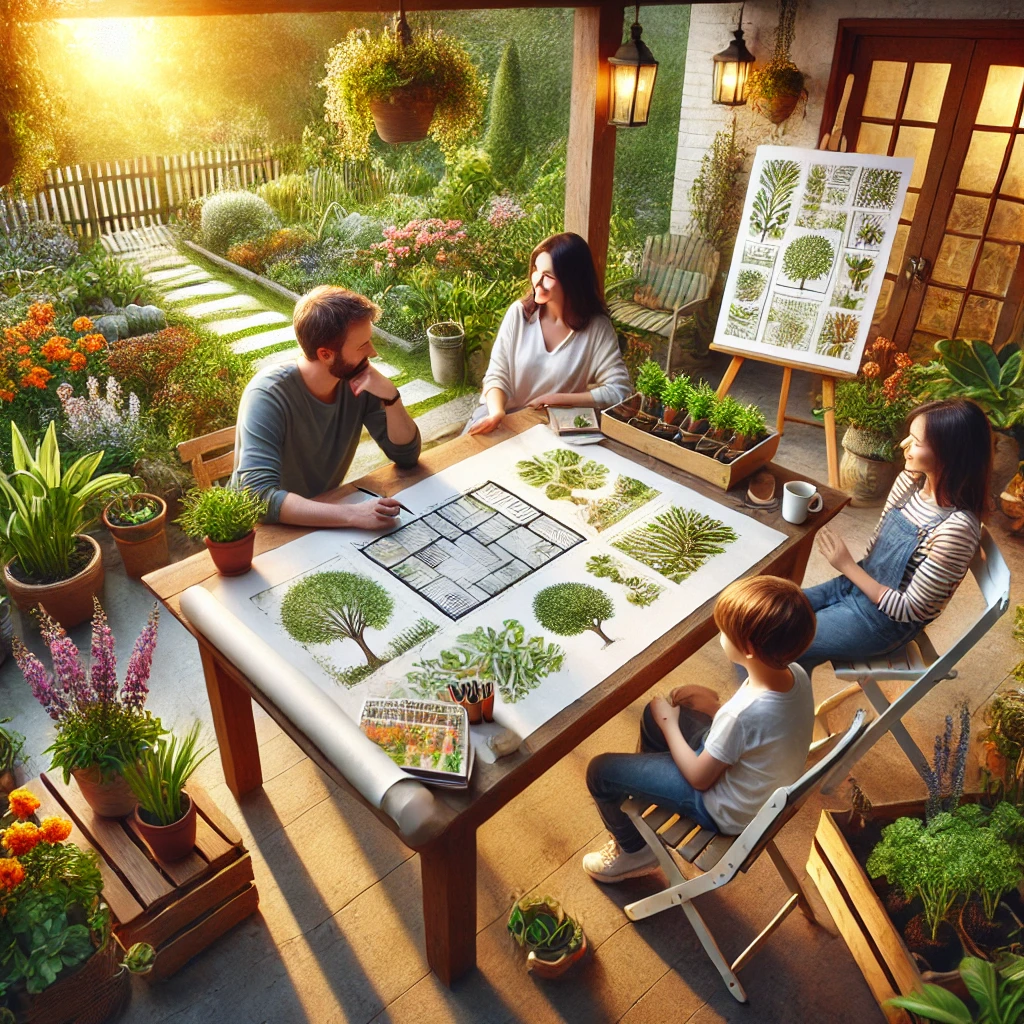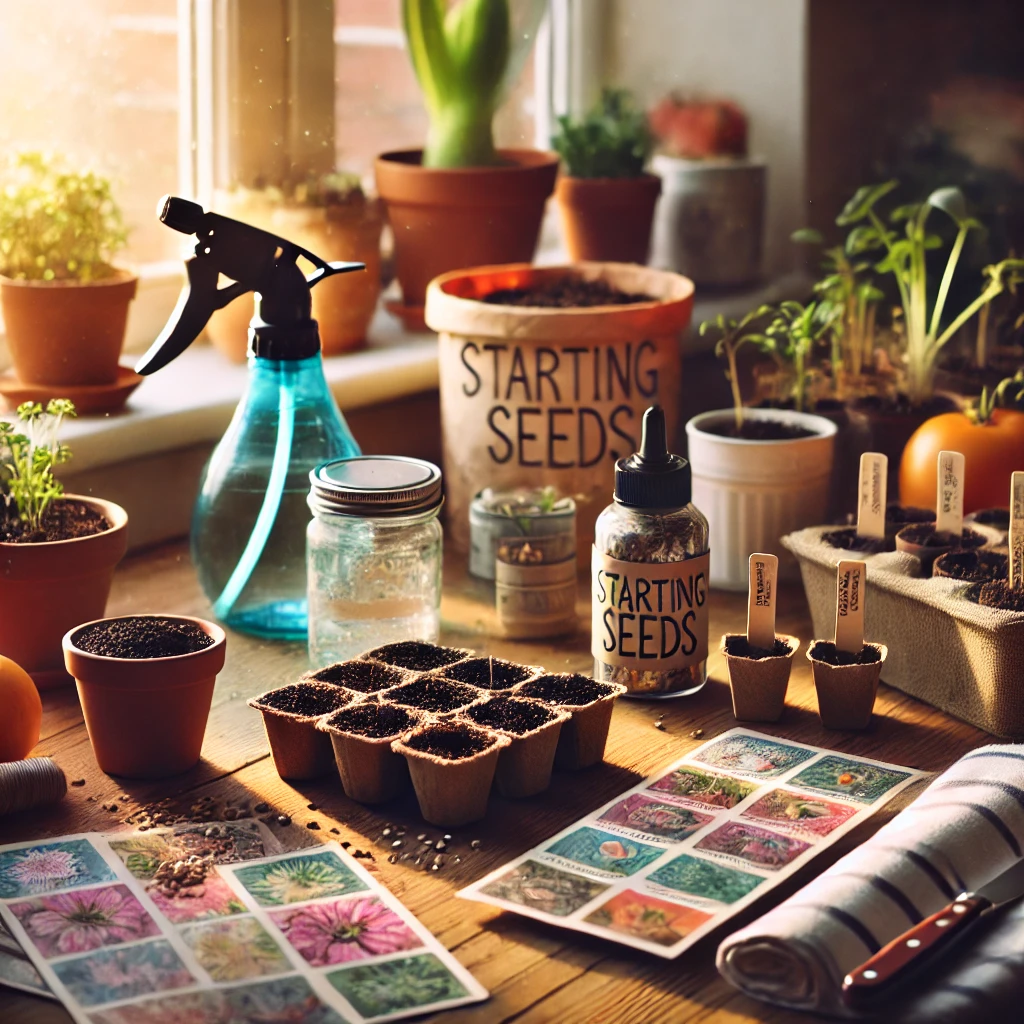Kids are naturally full of curiosity and imagination. If they have an enchanting environment, they can develop creativity. You have many ideas to make your kids’ surroundings promote imagination, such as your yard, playground, or gardens.
Among all these gardens is a humble space where they can prove their creativity. Gardens with vibrant colors, textures, and natural sounds provide an immersive sensory experience to spark the imagination.
You may still have questions in mind about how gardens spark kids imagination? No worries. In the article below, we will cover various ways through which gardens offer opportunities for kids to spark their imagination.
How Gardens Spark Kids’ Imagination?
Sensorial Stimulation
Gardens offer sensorial simulation opportunities for the young kids. The earthy scent of soil, softness of leaves and vibrant hues of flowers stimulates a child’s sense of touch, hearing and smell. It not only enhances their perceptual abilities but also promotes inspiration for imaginative exploration.
Children observe and contemplate plants colors and shapes that help them to unfold natural beauty. Touching to different textures and breathing in diverse scents stimulate their mind to make stories. They develop their own stories, keeping garden elements in their minds.
Birds’ voices and air sounds connect them with nature, and such sounds become a backdrop for their imaginative play. It encourages them to develop different scenarios in their mind.
Creativity and Role-playing
Another important aspect of a garden for young children is open-ended play opportunities. For an imaginative play garden’s natural elements become versatile proper. It fosters creativity and allows kids to explore their own worlds.
From turning a fallen leaf into a ship to transforming flower petals into fairy wings, they experience many creative things. Sometimes, they engage in role-playing, considering their surroundings in gardens. They imagine them as gardeners, plant imaginary seeds, and nurture fictional blooms.
Children explore nature inspired characters such as magical creatures or talking animals. Gardens become a delightful source for them to exercise their imagination and enhance storytelling abilities.
Observation and Curiosity
Gardens are sources to learn observation and curiosity. They interact with different plants and animals which help them to learn and explore. They see flowers and wildlife creature that make kids curious about nature.
It’s good to encourage kids to watch how the garden changes throughout the year, like when flowers bloom in spring or leaves fall in autumn. This helps them understand that life has cycles.
Watching these changes makes kids excited and curious. They start asking questions about why things happen. It can make them love learning about the world around them for a long time.
Learning from Nature
Planting and then taking care of their gardens is an excellent way for the kids to learn things from nature. When they sow seeds and see them turning into plants, it assists them to understand how life works.
They explore different stages of plant life that may help them to imagine human life stages. Kids learn to relate the plant stages from seed to growing flowers and then getting old with human beings.
Gardens also teach kids about being responsible. When they take care of plants and help with the garden, they learn to be careful with the environment. Kids understand that what they do can affect the plants and animals in the garden. This helps them feel responsible and caring towards nature.
Artistic Expression
Gardens promote creativity and artistic skills in kids. Pretty colors and shapes of plants and flowers help them to come up with creative ideas. Considering these elements, the kids draw or paint using stuff from nature.
They make flowers and leaves on paper to show what they see in the gardens. It makes them friendly and connected to nature. While playing in gardens, they make different sounds to learn music.
Dancing and playing around the flowers and sky helps them explore art with fun. It makes them feel in tune with nature. They also learn to resemble real life things with different garden elements.
Social Interaction and Collaboration
Gardens also help in learning collaboration and interaction. It is a shared place where they live with their friends and do things together. They work in the garden like a team that helps them to learn to work with others.
Gardens develop a sense of community and interactions. Kids take care of spaces together that teaches them to cooperate and feel like a community. Sometimes they imagine their teams and compete with each other to take care of things.
Doing these imaginative activities as a group helps kids develop social skills. They learn to feel like they belong with their friends.
How to make a Garden kid-friend to spark Imagination?
To make your garden kid-friendly and spark their imagination, consider the following ideas:
- Create a fairy garden or any imaginary world that aligns with your kids interest. Incorporate elements such as LEGO, fairies, or dinosaurs etc.
- Plant followers and herbs to provide an opportunity to use the sense of touch and smell
- Designate spaces in the garden as hideouts, utilizing existing features like hedges or creating hideouts with clever planting (e.g., sunflowers, bean teepees).
- Teach children the names of plants in the garden and which ones are suitable for artistic use. It fosters both creativity and botanical awareness.
- Enhance the hideouts with colorful decorations, cushions, or other comfort elements for an upgraded look.
- Explore artistic activities using fresh or dried flowers and leaves from the garden.
- Use plant materials as brushes, stamps, or create pressed dried flower art.
Conclusion:
Gardens play a pivotal role in sparking the imagination of children. The sensory stimulation, creative opportunities, and educational experiences offer a creative environment. It helps young minds to develop their imaginative stories. While cultivating flowers or fruits in the gardens we can teach them a sense of taking responsibility. They learn to work in teams, compete in teams, and learn to support each other in a community. It provides them with a lifelong connection to the wonders of the natural world and limitless opportunities to explore imagination.
If you’re inspired by this article and are looking for more ways to greenify your space, we invite you to join our community. Sign up for our newsletter to receive a steady stream of gardening tips, innovative ideas, and inspiration right in your inbox.












